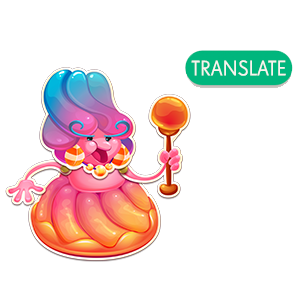
The Community in more languages
Now the forum welcomes more languages.
You'll see a green translate button in comments and discussions to turn them into English
The more searching that Jenny does, the more information she finds. Now she starts seeing articles on traditions for St. Patrick’s Day.

Why green?
According to some accounts, blue was the first color associated with St. Patrick’s Day, but that started to change in the 17th century. Green is one of the colors in Ireland’s tri-color flag, and it has been used in the flags of several Irish revolutionary groups throughout history. Ireland is the “Emerald Isle,” so named for its lush green landscape. Green is also the color of spring, the shamrock, and the Chicago River, which the Midwestern city has dyed green on St. Patrick’s Day for the past 40-odd years.

Corned beef or bacon?
This St. Patrick’s Day, millions of people will sit down to an authentic Irish meal of corned beef and cabbage. Or so they think. In fact, only half of it is really Irish. Though cabbage has historically been a staple of the Irish diet (along with potatoes), it was traditionally eaten with Irish bacon, not corned beef. Irish immigrants in America could not afford the bacon, so they substituted it with corned beef.
Pinch me, I’m Irish
Forgot to wear green on St. Patty’s Day? Don’t be surprised if you get pinched. No surprise, it’s an entirely American tradition that probably started in the early 1700s. St. Patrick’s revelers thought wearing green made one invisible to leprechauns, fairy creatures who would pinch anyone they could see (anyone not wearing green). People began pinching those who didn’t wear green as a reminder that leprechauns would sneak up and pinch green-abstainers.
You can read more here.
Let’s continue with the next part of the story – Jenny reads more traditions